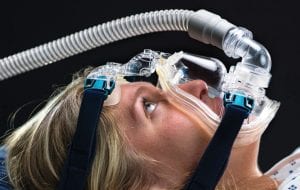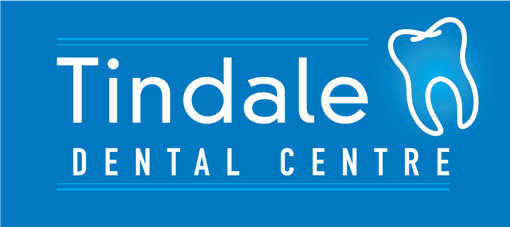Treatment for Sleep Apnoea
Effective sleep apnoea treatment can reduce and may even eliminate the effects of the disease. Most people who are successfully treated experience increased energy and a healthier mental attitude — not to mention the satisfaction of consistently getting a good night’s rest!
There are a number of different approaches to the treatment of sleep apnoea. Your options will depend on how severe your disease is, how it’s affecting you and your lifestyle.
It’s really important to find a treatment that you can actually adapt to and use easily. Many people with sleep apnoea abandon treatment because of difficulties with it. If one treatment doesn’t work for you, don’t give up; talk to your doctor or dentist about options.
Treatment can be roughly divided into things you can do yourself, and solutions to help overcome the problem.
Continuous Open Airway Therapy (COAT™)

COAT requires an oral appliance called Somnodent®, a mandibular advancement splint that holds your lower jaw in a forward position. It prevents your tongue and the soft tissue in your mouth from falling back and blocking your airway while you sleep.3
COAT is a simple and comfortable way to treat mild to moderate obstructive sleep apnoea.
It may be recommended as a first-line treatment and also for people who can’t get used to CPAP therapy. Somnomed manufactures market leading oral appliance, called Somnodent ®. It is available in Australia from specially trained dentists like Dr Bond.
Dr Bond will take impressions of your teeth and send them to the Somnomed laboratory. The laboratory will custom make your device. The dentist will then show you how to use it and care for it.
 CPAP therapy
CPAP therapy
A CPAP (Continuous Positive Airway Pressure) machine pumps pressurised air through a mask while you sleep. The pressure helps to keep your airway open. The machine sits on your bedside table and connects via a tube to a mask that fits over your face. If your obstructive sleep apnoea has not responded to more conservative measures, your doctor may recommend this type of therapy.
 Surgery
Surgery
Your doctor may recommend surgery if you can’t tolerate an oral appliance or CPAP therapy.4 The most common surgery for obstructive sleep apnoea involves removing tissue at the rear of your mouth and top of your throat.
This could include tonsillectomy, adenoidectomy or treatment of the sinuses.

